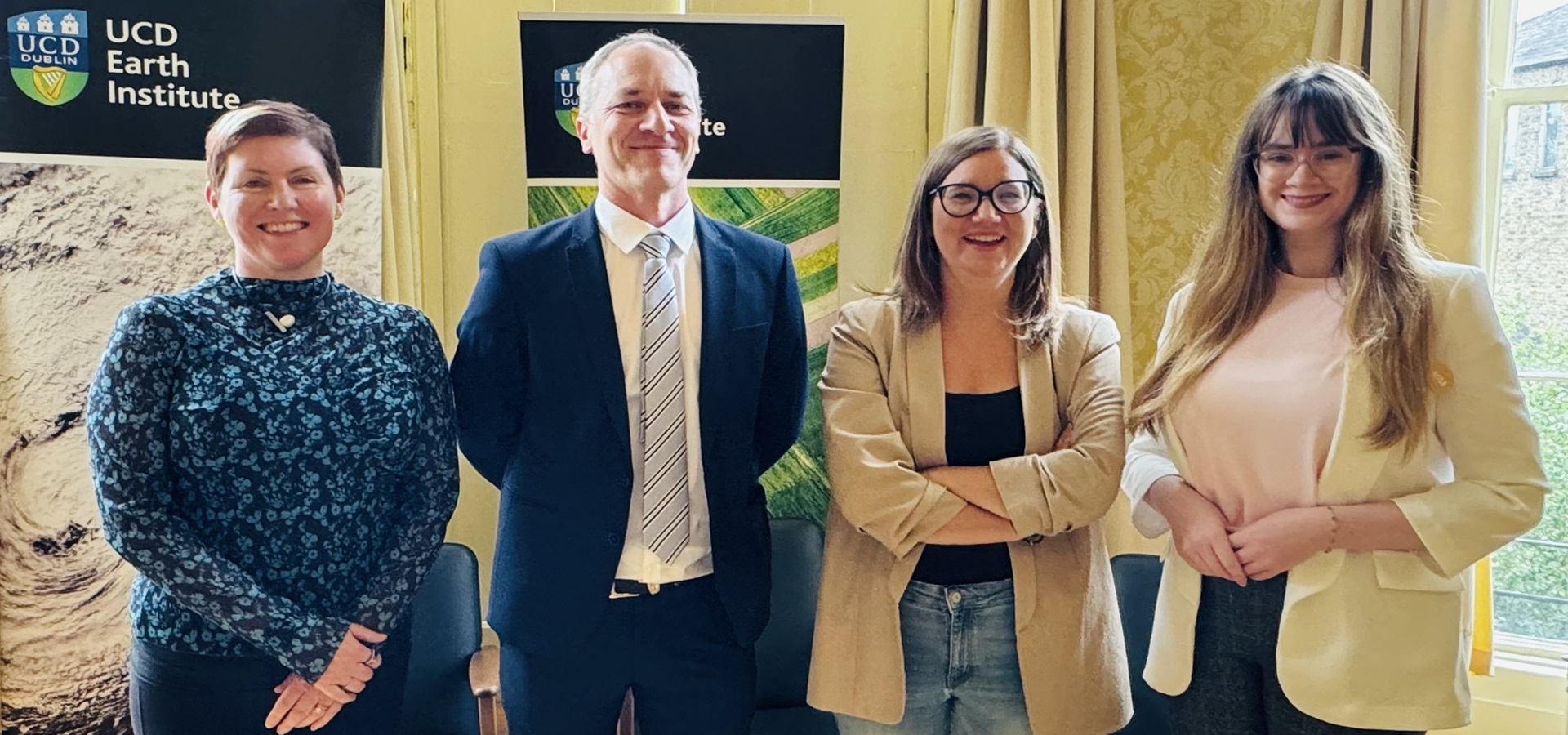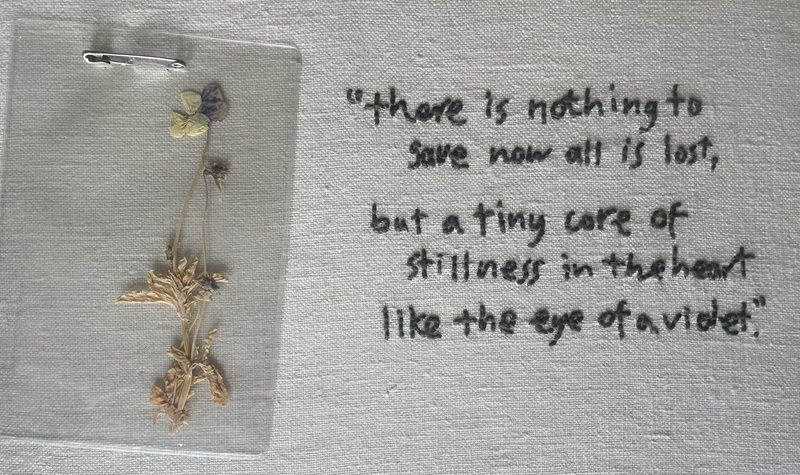Introducing BatsAndBugs.ie
Earlier this week, Bat Conservation Ireland and University College Dublin’s Batlab announced the launch of BatsAndBugs.ie, a collaborative project, supported and financed by The Community Foundation for Ireland and National Parks and Wildlife Service. BatsAndBugs.ie explores the ecosystem services (the benefits to humans provided by the natural environment and from healthy ecosystems) that bats provide to us. A core aim of this initiative will be to identify how bats are helping to control insect pests in Ireland.
Earth Institute member Professor Emma Teeling serves as UCD’s lead researcher on the project and commented, “I’m so excited by the launch of this dynamic project. There is so much information in bat poop! Using state-of-art DNA technologies on bat droppings collected by our team of citizen scientists, we are going to uncover what bats eat, to identify the pests they feed on and to show how Irish bats maintain the balance in our ecosystems, for our benefit. Please join us and help us understand the beneficial role that bats play in Ireland.”
Dr Niamh Roche of Bat Conservation Ireland added “Bat Conservation Ireland’s work has been helped immeasurably by thousands of members of the public who have not hesitated to pitch in to our schemes for monitoring and detecting bats across the island of Ireland. With this project we are asking for help from those who play a key role in Irish bat conservation – custodians of bat roosts. By participating they will find out more about the species of bat they host along with information on what kinds of insects bats feed on in their area.”
The researchers invite members of the public, who host a bat roost, to contribute to this citizen science project by collecting droppings to send to the UCD Batlab. Instructions on how to obtain these samples, along with information on how to register can be found on BatsandBugs.ie.
The Batlab at UCD will study the droppings using state-of-the-art DNA metabarcoding techniques, to identify the bat species and what the bats have been eating. Until the advent of DNA analysis, discerning what bats ate involved staring down microscopes for hours while trying to identify tiny pieces of insects, which could be time consuming. Now experts use DNA markers to identify the prey species in droppings in the laboratory, allowing results to be much more accurate.
Ireland has nine species of bats and they are all insectivorous. They eat a range of invertebrates including spiders, moths, dung flies and beetles and the ecosystem services they provide to humans include seed dispersal, pollination, and pest control. In the current heatwave that Ireland is experiencing, these bats can readily be spotted over houses, fields, hedgerows and waterways feasting on the prolific numbers of midges, mosquitos and other biting insects that interfere with our enjoyment of these warmer evenings and nights.
However, bats are threatened by habitat loss, climate change and insecticides. The consequences of losing bats could be enormous, so it is vital we gain a better understanding of what bats eat, how much they eat and where.

